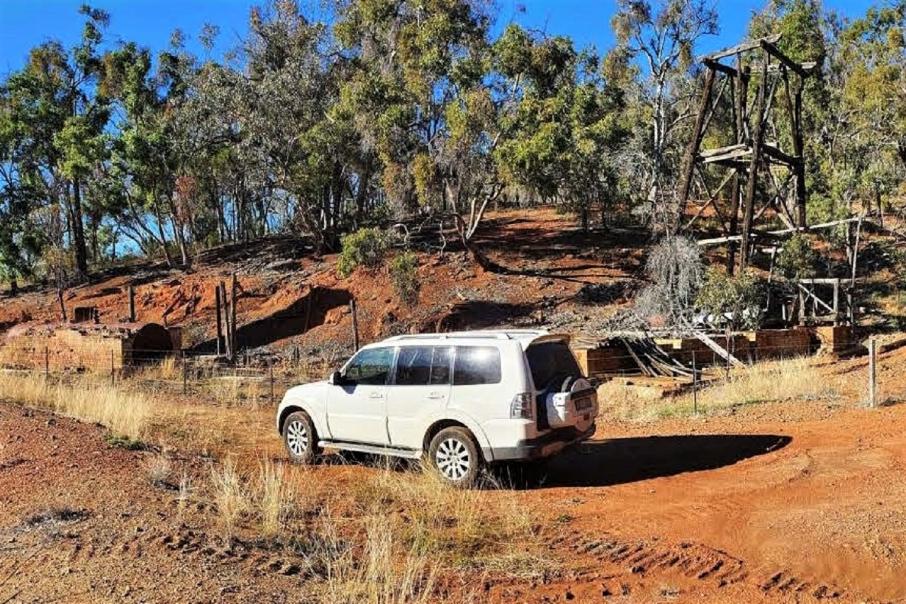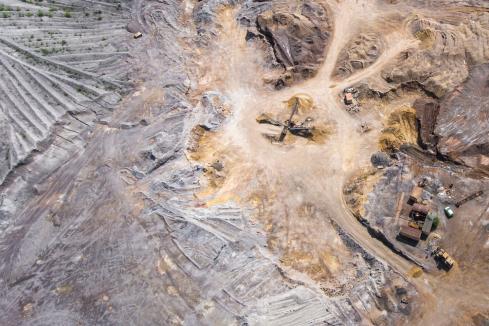ASX-listed gold and base metals explorer, Comet Resources, has wasted no time in kicking rocks at its Barraba copper project in the New England Fold Belt region of NSW after only recently securing exploration access to the historic mining area.
Consultant geologist and Barraba project manager, Mart Rampe, has just completed an initial field program around the 120-year-old high-grade Murchison copper mine and the Gulf Creek North prospect area. The reconnaissance work consisted of grid-based geochemical soil sampling, rock chip sampling and geological mapping.
Perth-based Comet says Rampe encountered widespread visible surface copper mineralisation and interesting outcrops around the historic Murchison mine during his field sampling, mapping and observations. The company also came across old mine workings, which it was previously unaware of, around Gulf Creek North in close proximity to a number of anomalies identified by a past induced polarisation, or “IP” survey.
Promising early signs indeed for Comet’s first-up site investigation as it awaits copper assay values.
Historical records show Murchison copper was produced from ore estimated to have averaged a grade of 3 per cent copper, while old copper assays from Murchison went up to 5.1 per cent. The historical data and workings also indicate that Murchison and the nearby historic Gulf Creek copper mine were volcanic-associated massive sulphide, or “VMS” deposits.
Comet says these VMS-style deposits often occur in clusters as is the case with the ancient Murchison, Gulf Creek and Four Mile Lode mines, which sit within its 23.75-square-kilometre exploration licence.
The company’s initial field program was aimed at delineating the potential tenor of the visible mineralisation around Murchison as well as its extent. To that end, several mine dump and outcrop samples were taken for laboratory analysis.
During the course of Rampe’s reconnaissance mission over ground to the north of the old Gulf Creek mine, the presence of several historic pits and an 18m-deep shaft were discovered.
Mullock or waste rock from these workings exhibited strong iron oxide alteration, with iron oxide gossans often found where the surface of massive sulphide deposits outcrop.
According to Comet, the presence of iron oxides may be an indicator to the potential location of sulphide orebodies.
Comet Resources Managing Director, Matthew O’Kane said: “We’re encouraged by the widespread visual presence of copper mineralisation around the Murchison copper mine as well as the discovery of historical workings and the presence of iron oxides in the area of the IP anomalies at Gulf Creek North. We look forward to receiving the assay results and also will look to add in some drilling at Murchison to coincide with the initial drilling program at the Gulf Creek copper mine.”
Although the trio of historic copper mines on Comet’s tenure have been known of for more than a century, the company’s first-pass rock-kicking examination of Barraba appears to have provided plenty of ammunition for it to keep sniffing for a possible fourth member of the VMS-deposit cluster.
Is your ASX listed company doing something interesting? Contact: matt.birney@businessnews.com.au











